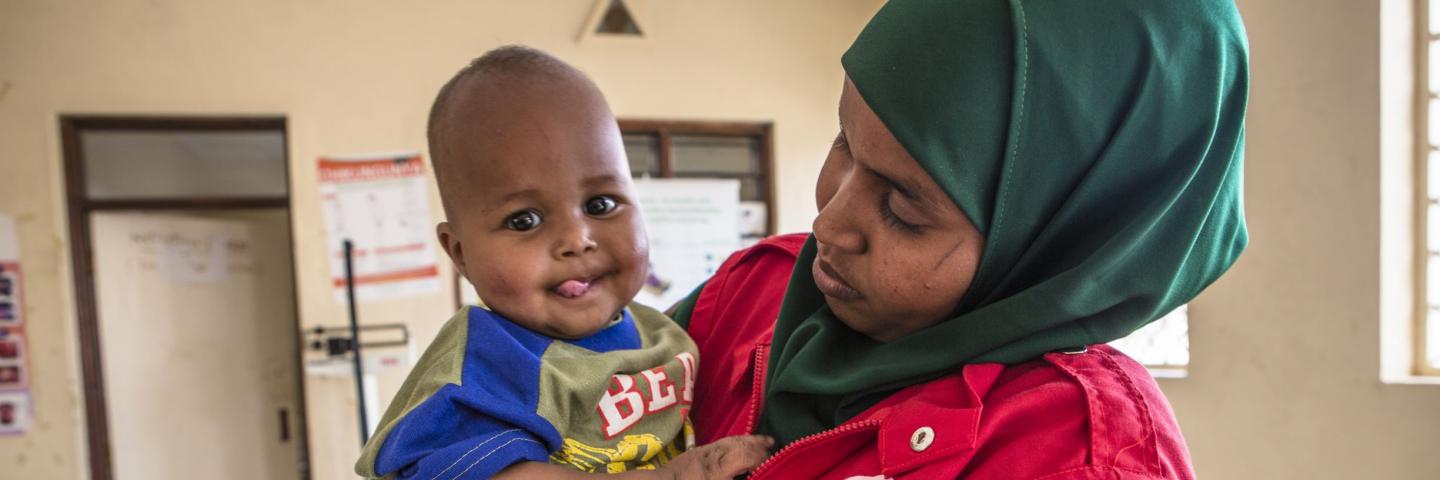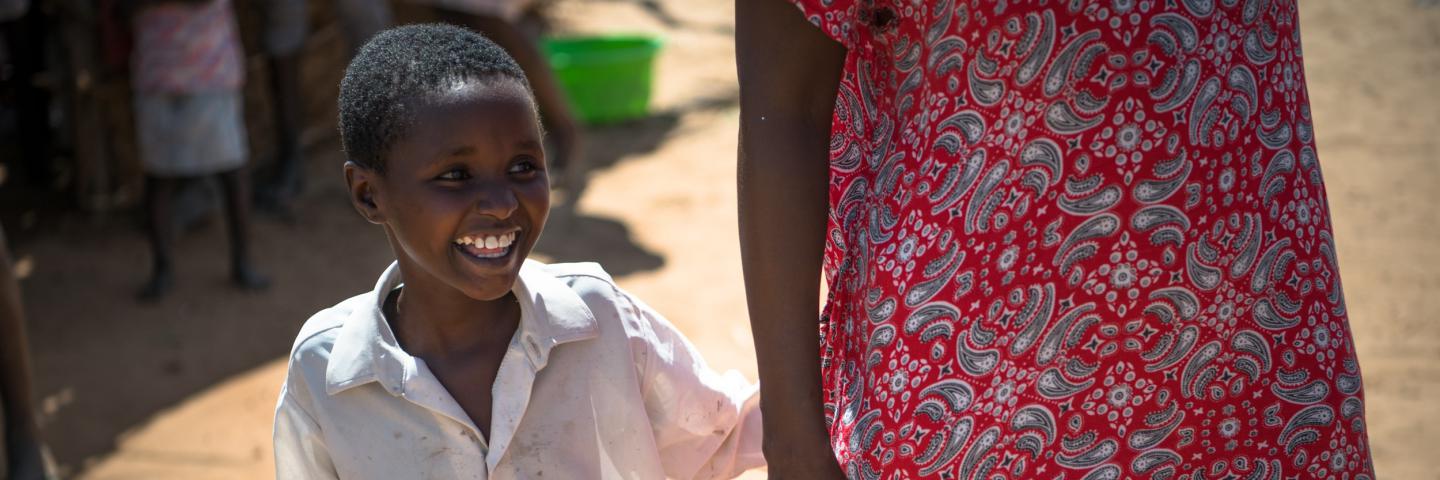

Kenya has made significant progress in Child rights governance since it ratified the United Nation’s Convention on the Rights of the Child (UNCRC) in 1990 and the African Charter on the Rights and Welfare of the Child in 2001. The Constitution of Kenya 2010 is now in place, thus providing ample legal ground to review a host of other national legislations to bring them in harmony with international standards. The New Constitution has also broken new grounds by making provision for socio-economic rights. These include guaranteeing every person the right to the highest attainable standard of health, accessible and housing, food of an acceptable quality, clean and safe water, social security and education. If properly implemented, children will benefit immensely from the progressive realisation of such socio-economic rights. The implementation of socio-economic rights rests on the assumption that resources are scarce and therefore not all the rights can be implemented at once. Therefore, states are urged to implement the rights progressively. Progressive realisation of such rights, requires states to demonstrate that they are systematically increasing budgetary allocations to the rights of the population.
The new constitution has embraced two critical aspects of governance, namely devolution and public participation. The law anticipates that the country will be governed at two levels: the national and county levels. The law further requires that at least 15% of the government revenue will be distributed objectively to the 47 counties across the country. The county governments and members of the public within the counties are expected to plan and effectively utilise these funds. The public is expected to play a critical role in the allocation and utilisation of the funds, both at the national and devolved units.

Our Child Rights Governance interventions in Kenya, have focused broadly on four strands of work:
